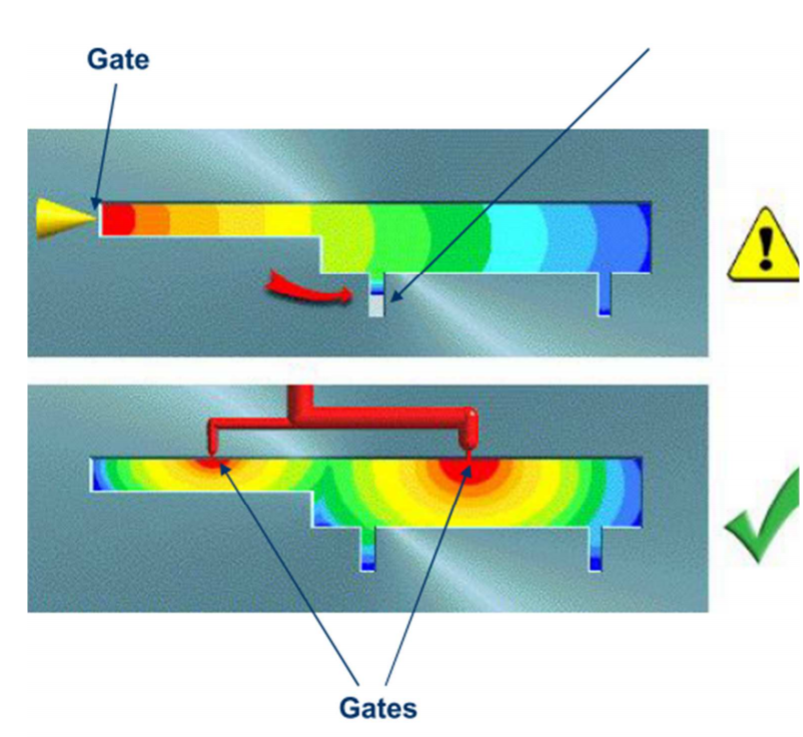“PLASTICS ARE HARMFUL TO THE ENVIRONMENT BECAUSE THEY CONSUME OIL”

Plastics, in most of their applications, save more oil than is used in their manufacture.
Plastics are petroleum-based in origin, but during their use phase, in the form of a car part, packaging or building component, they save oil because they save fuel and energy while reducing CO2 emissions.
Moreover, thanks to the recyclability of plastics, at the end of their useful life, they can become «oil equivalent» again, if plastic waste is used as an alternative fuel.
The oil in Europe is mostly used for transport (45%) and thermal and electrical energy (42%), with only 4% going to plastics.
In the automotive and general transport sectors such as aviation and railways, plastics provide lightness and unique technical properties that allow fuel savings (4 times more in tonnes of oil equivalent than the oil used to manufacture them) and also reduce CO2 emissions.
In construction, plastics are used in insulation or in windows, for example, achieving energy savings, both in heating and air conditioning.
The energy equivalent used to manufacture foamed plastic insulation is recovered after the first year of use, which means a positive net saving over the remaining years of use, which is typically at least 50 years.
According to a study carried out by the Polytechnic University of Catalonia, the use of plastic windows represents an energy saving in homes of 45% and a reduction in CO2 emissions of 161%.
In packaging, every time products are transported in lightweight plastic packaging, they save fuel as well as providing excellent preservation properties over long distances.
The German Market Research Association GVM assessed the consequences of a hypothetical elimination of plastics from the packaging sector. The result was that energy consumption would increase by 50% and CO2 emissions by 100%. Plastics save other resources such as water in large water supply pipes and drip irrigation systems.
More than 50% of goods are packaged in plastics. Plastics prevent loss of contents in the long-distance distribution of food and medicines to countries in need. And these «non-losses» mean a saving of the resources used to produce them. Taking as an example 700g of bread packaged in plastic, of the 100% of the energy to produce the whole container and content (packaging + bread), only 3% refers to the energy to produce the plastic packaging and the rest (97%) corresponds to the energy to produce the bread itself. Translated with www.DeepL.com/Translator (free version)
Moreover, thanks to thecalorific value of plastics (45MJ/kg), higher than coal (28MJ/kg) and similar to natural gas (46 MJ/kg), at the end of their useful life, plastic waste can be used as an alternative and complementary fuel with the consequent saving of traditional fuels and reduction of emissions derived from them. This is particularly interesting in the current energy scenario, which advises the search for alternative energy sources such as energy from waste. Translated with www.DeepL.com/Translator (free version)
Therefore, countries known for their strong environmental commitment recover energy from plastic waste at levels of 75% (Switzerland), 65% (Denmark), 52% (Holland) and 32% (France) while in Spain it barely reaches 12%.



